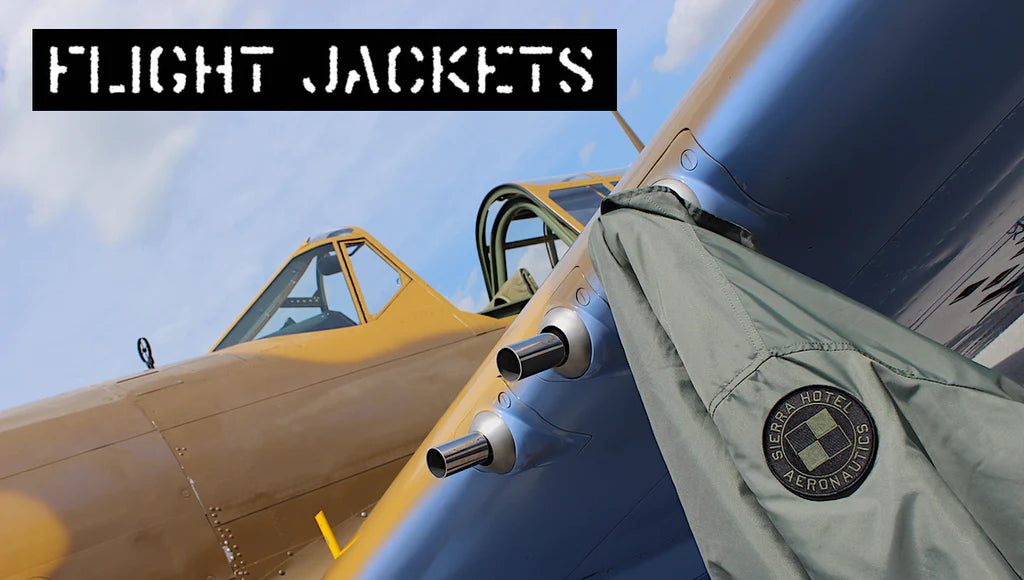The Cornfield Bomber

February 2nd, 1970, a U.S.A.F. Convair F-106 Delta Dart, operated by the 71st Fighter-Interceptor Squadron inadvertently departed controlled flight and entered a flat spin. The pilot, Gary Foust, attempted to recover, unsuccessfully, including the desperation move of deploying the aircraft's drag chute; however recovery proved to be impossible and Foust fired his ejection seat, escaping the stricken aircraft at an altitude of 15,000 feet.
Due to the reduction in weight and change in center of gravity caused by the removal of Foust and the ejection seat, the aircraft, already trimmed for takeoff and throttle set at idle, successfully recovered itself from the spin.
Seeing the now pilotless fighter jet recover by itself, now flying off on its own... one of the other pilots on the mission is reported to have radioed Foust "You'd better get back in it!".

Foust watched incredulously while descending on his parachute, as the now-pilotless aircraft continued its descent, touching down gently, and sliding to a full stop in the middle of a farmer's field near Big Sandy, Montana. Foust's parachute descent was less fortunate as he drifted into the nearby mountains. He was later rescued by local residents using snowmobiles.

Shortly thereafter, the local sheriff arrived at the scene of the crash and was surprised when he observed the aircraft – the heat of the crash landing, combined with the exhaust from the still-idling jet engine, melted the snow which allowed the aircraft to start to move. Having contacted the air base, he was informed that he should simply allow the jet to run out of fuel, which occurred an hour and forty-five minutes later without further incident.

A recovery crew from McClellan Air Force Base arrived on the scene and began to dismantle the aircraft, removing its wings for transport aboard a railroad flat car. The damage to the aircraft was minimal; indeed, one officer on the recovery crew is reported to have stated that were there any less damage he would have simply flown the aircraft out of the field.
Following its misadventure, the "Cornfield Bomber" was repaired and returned to service, operating with the 49th Fighter-Interceptor Squadron, the final USAF unit to operate the F-106. Upon its retirement, it was presented to the National Museum of the United States Air Force, where it remains on display.













There is a F106 or 102 across Cook Inlet from Anchorage,Ak.sitting in a swamp right side up.I have flown by it many times. I don’t know the story about it
I was at Malmstrom when this happened, Captain Faust was member of 319th FIS (ADC), commanded by Lt Col Paul Gilmore, first USAF pilot to shoot down a MiG-21 during Vietnam War.
I was hydraulic systems specialist on the F106 at Gieger field, Spokane 1958 t0 1960.
They do not grow corn in that part of Montana. Maybe retitle this article The wheatfield fighter.
Every time I read this story, I wonder why they refer to the 106 as a “bomber.”
Leave a comment